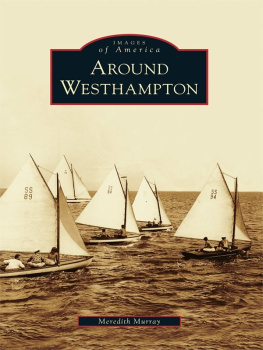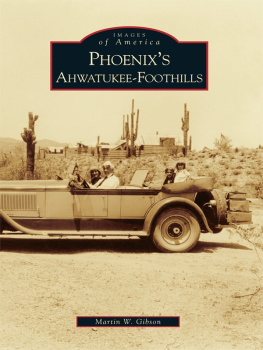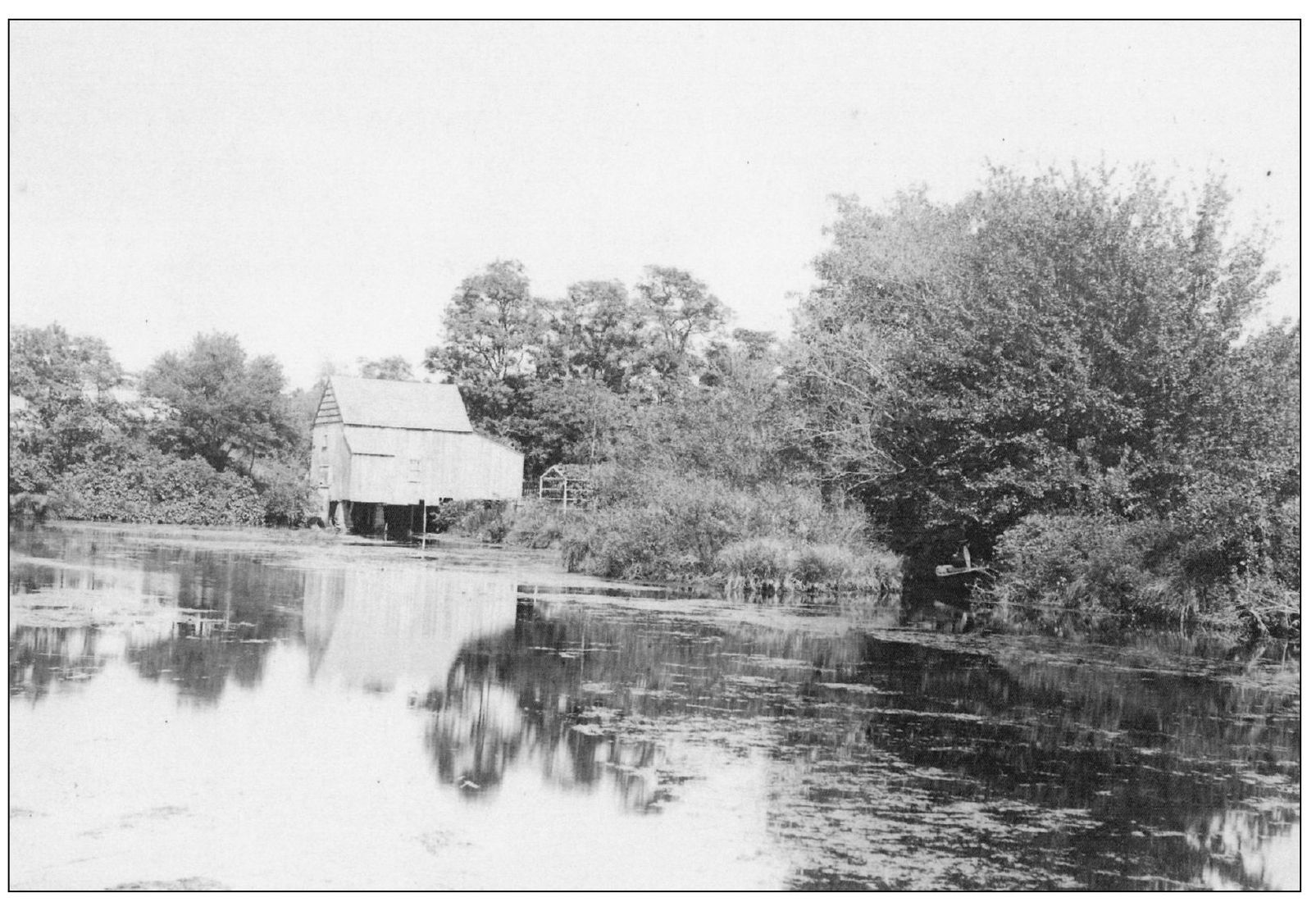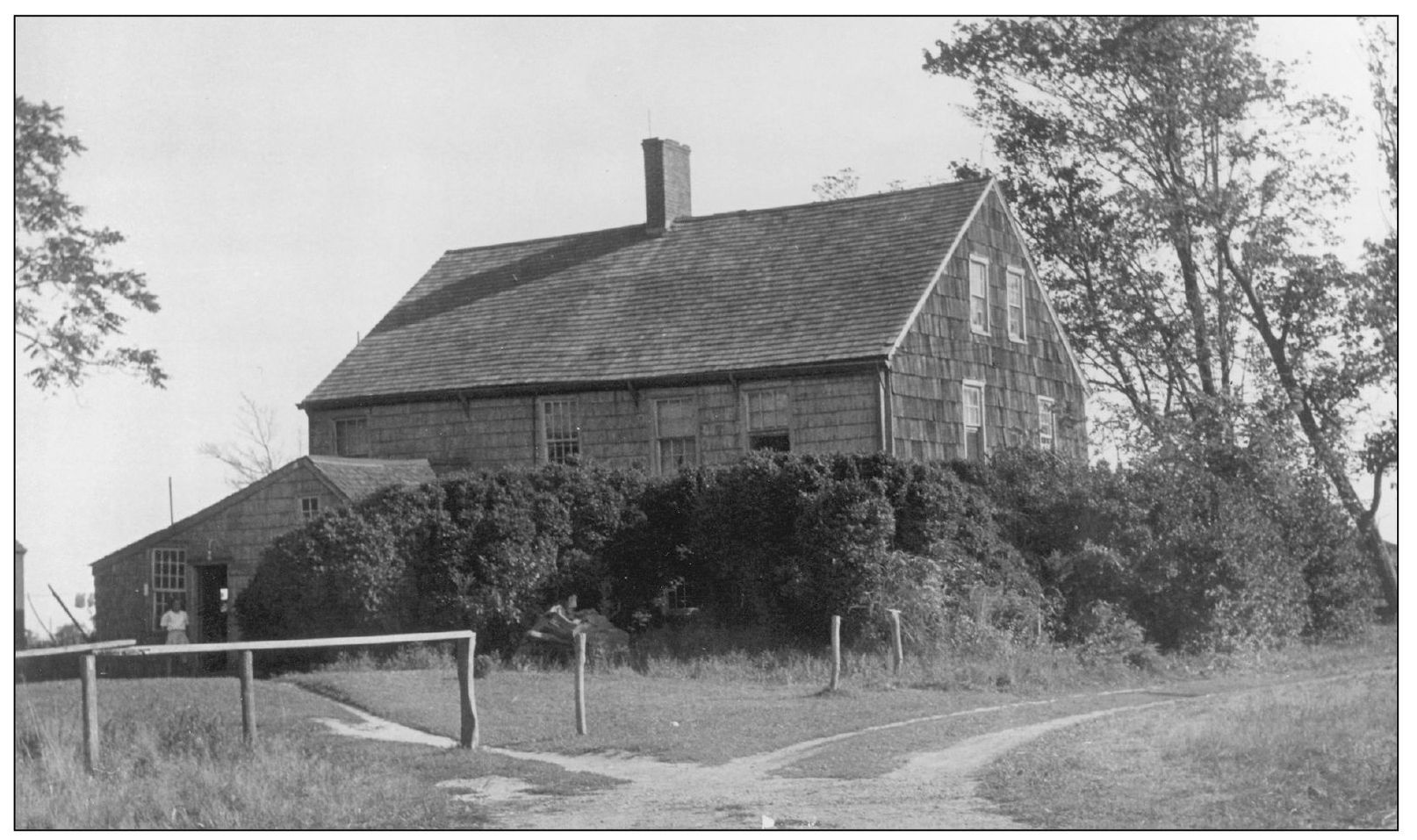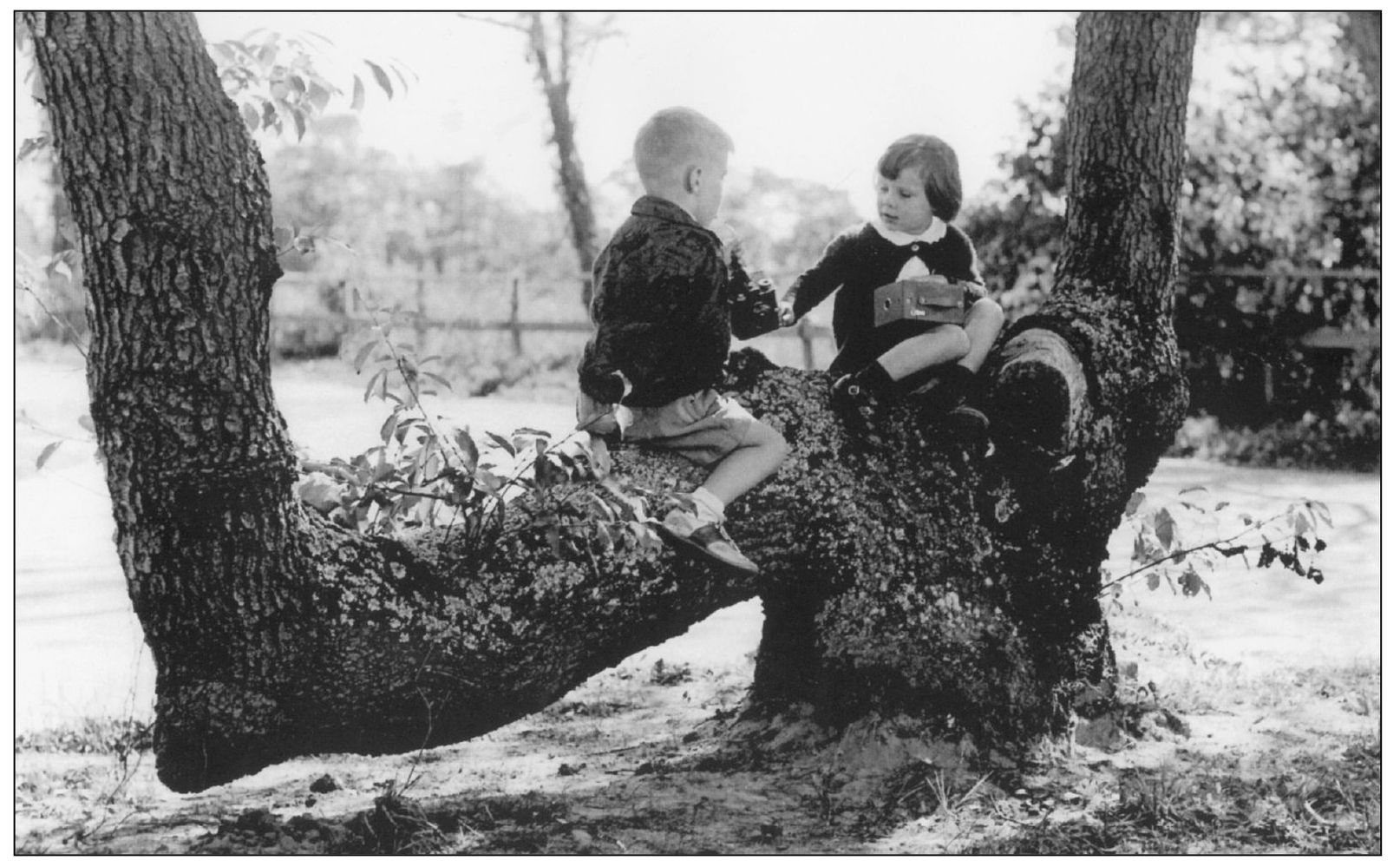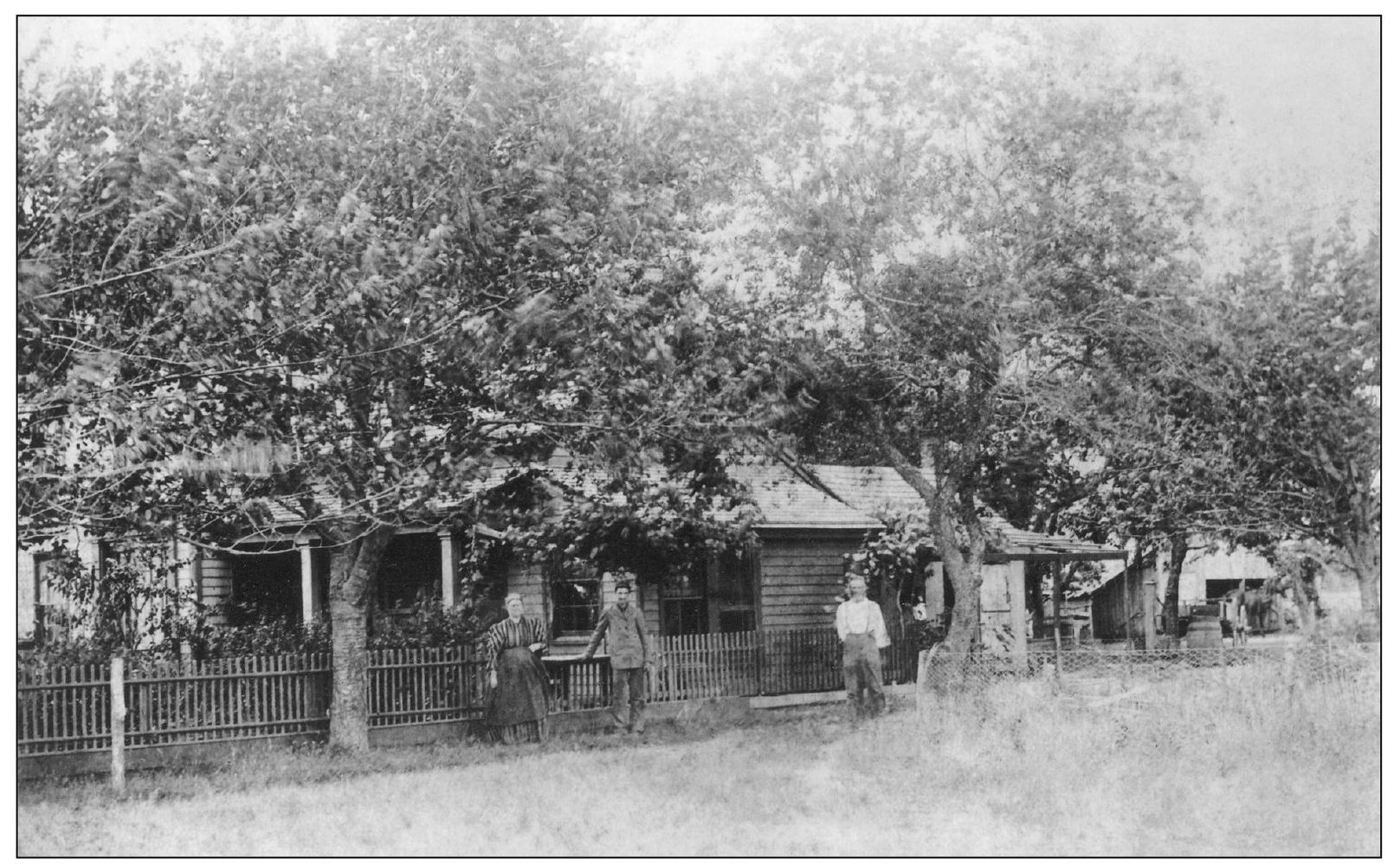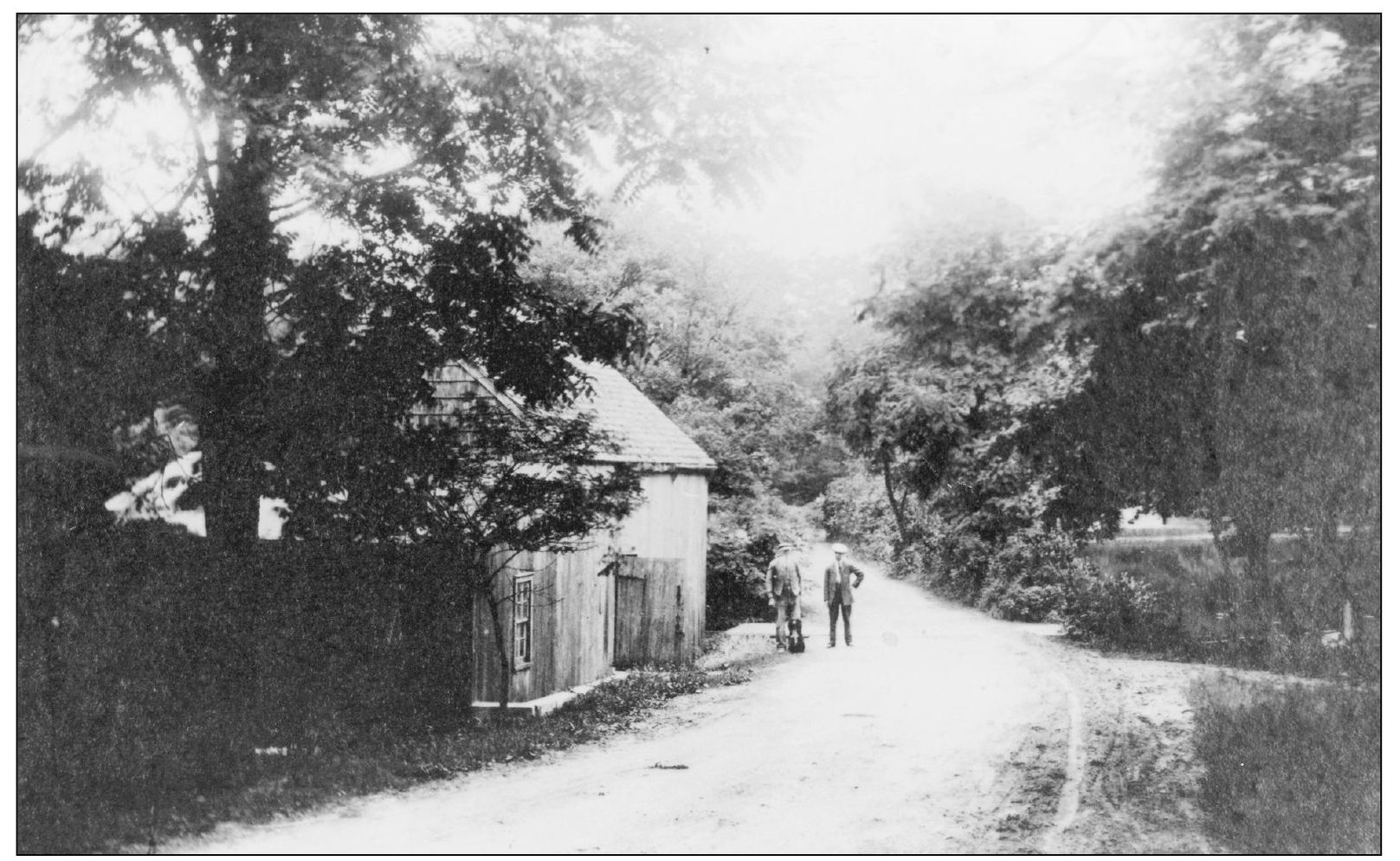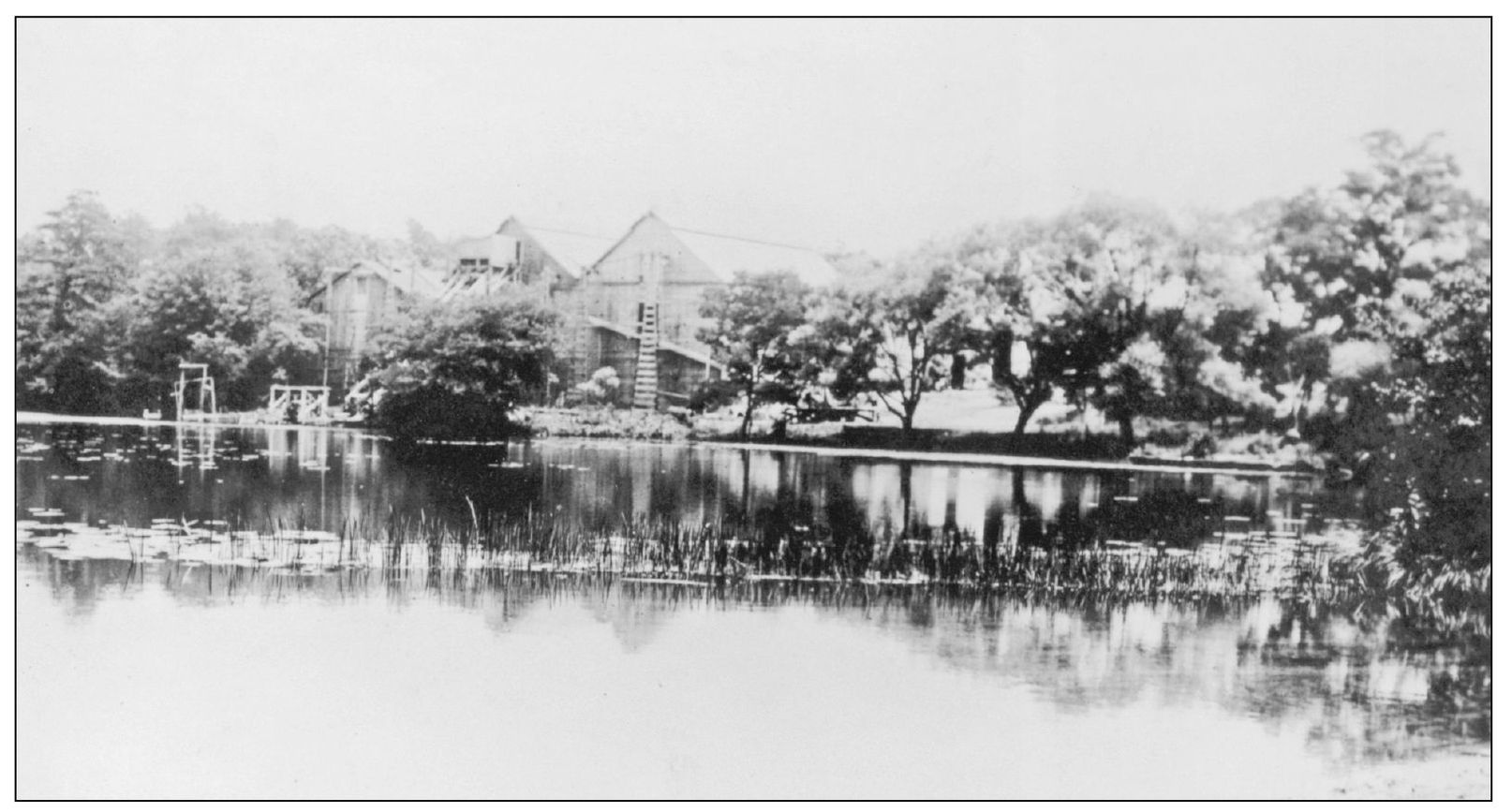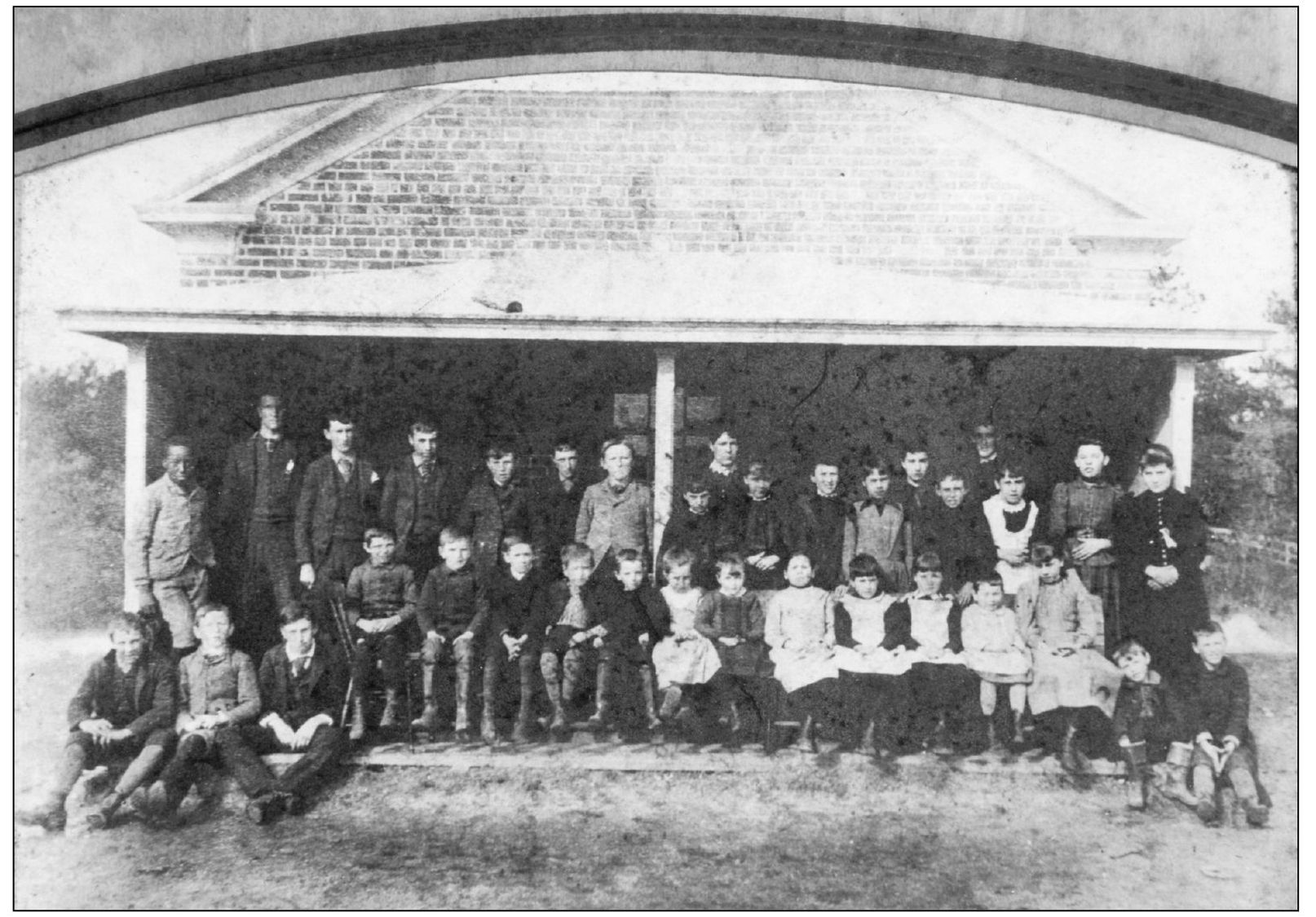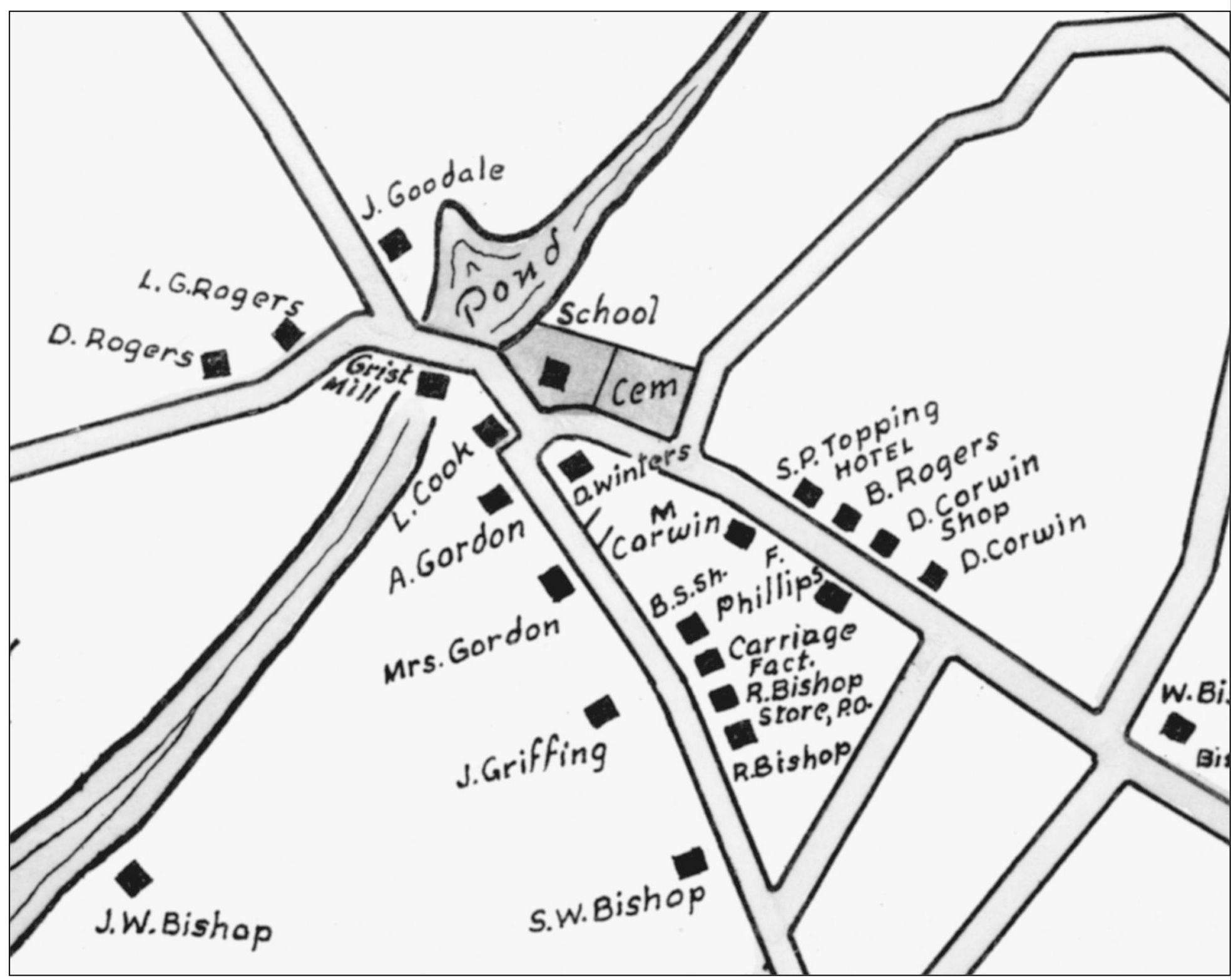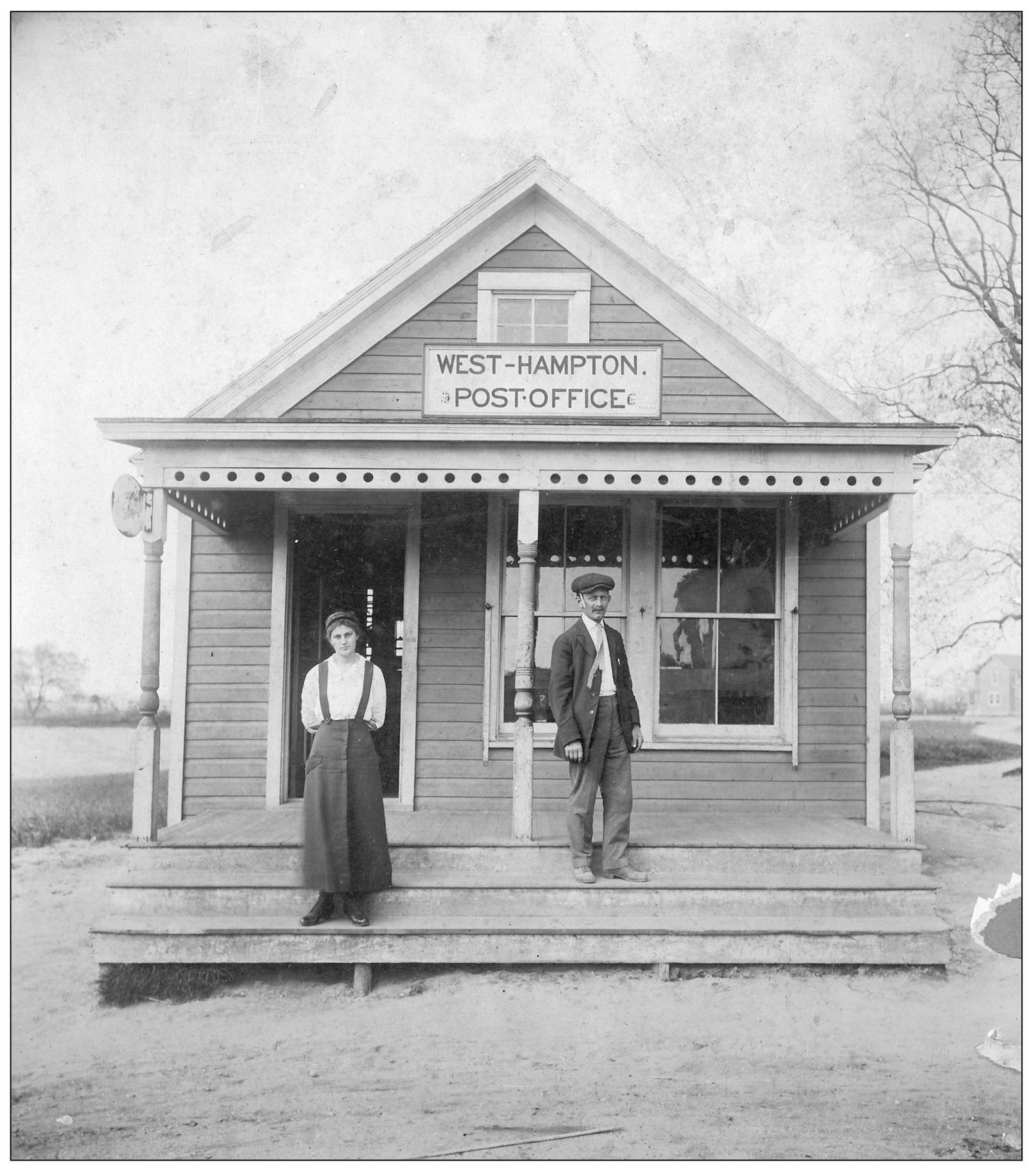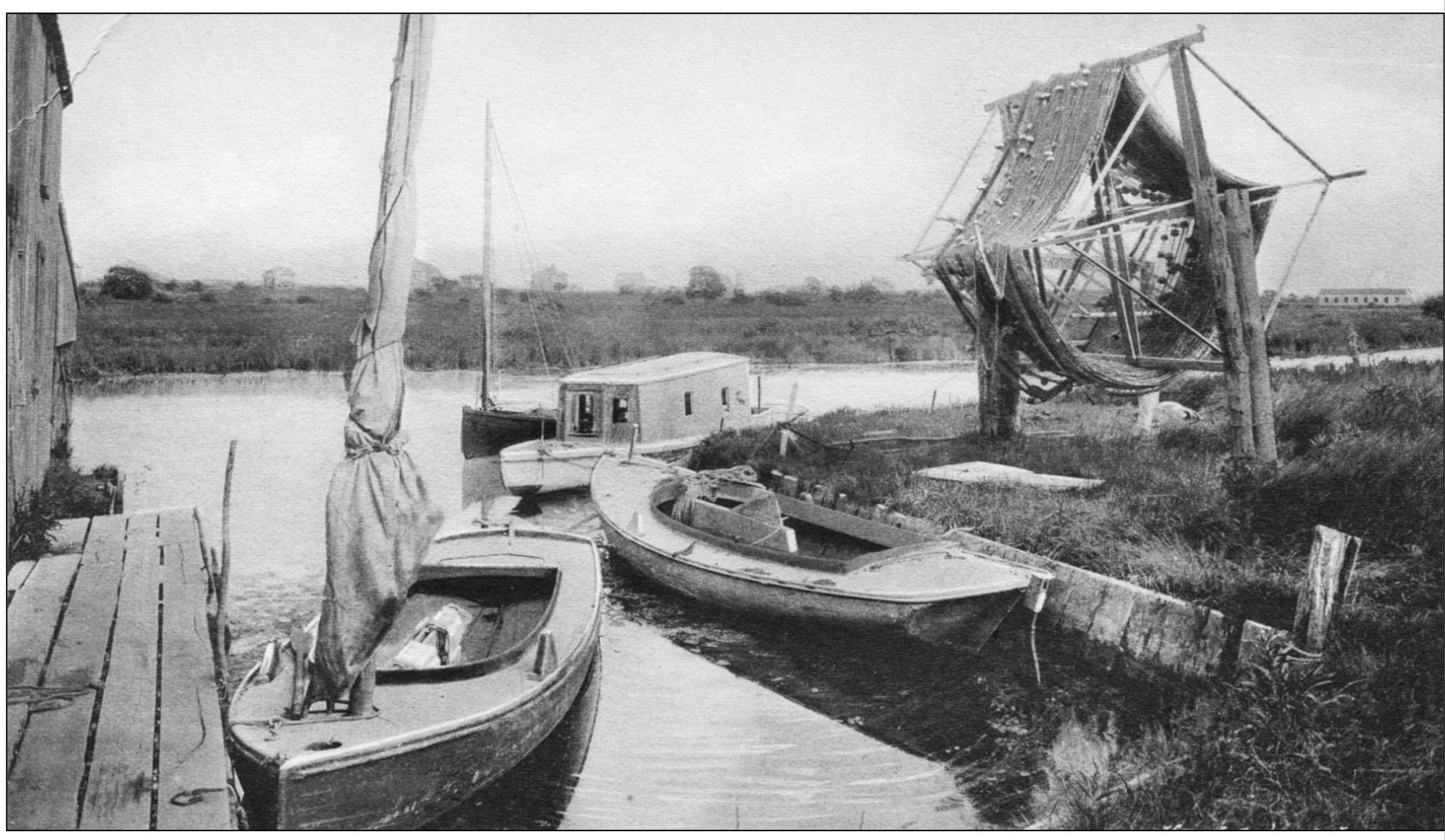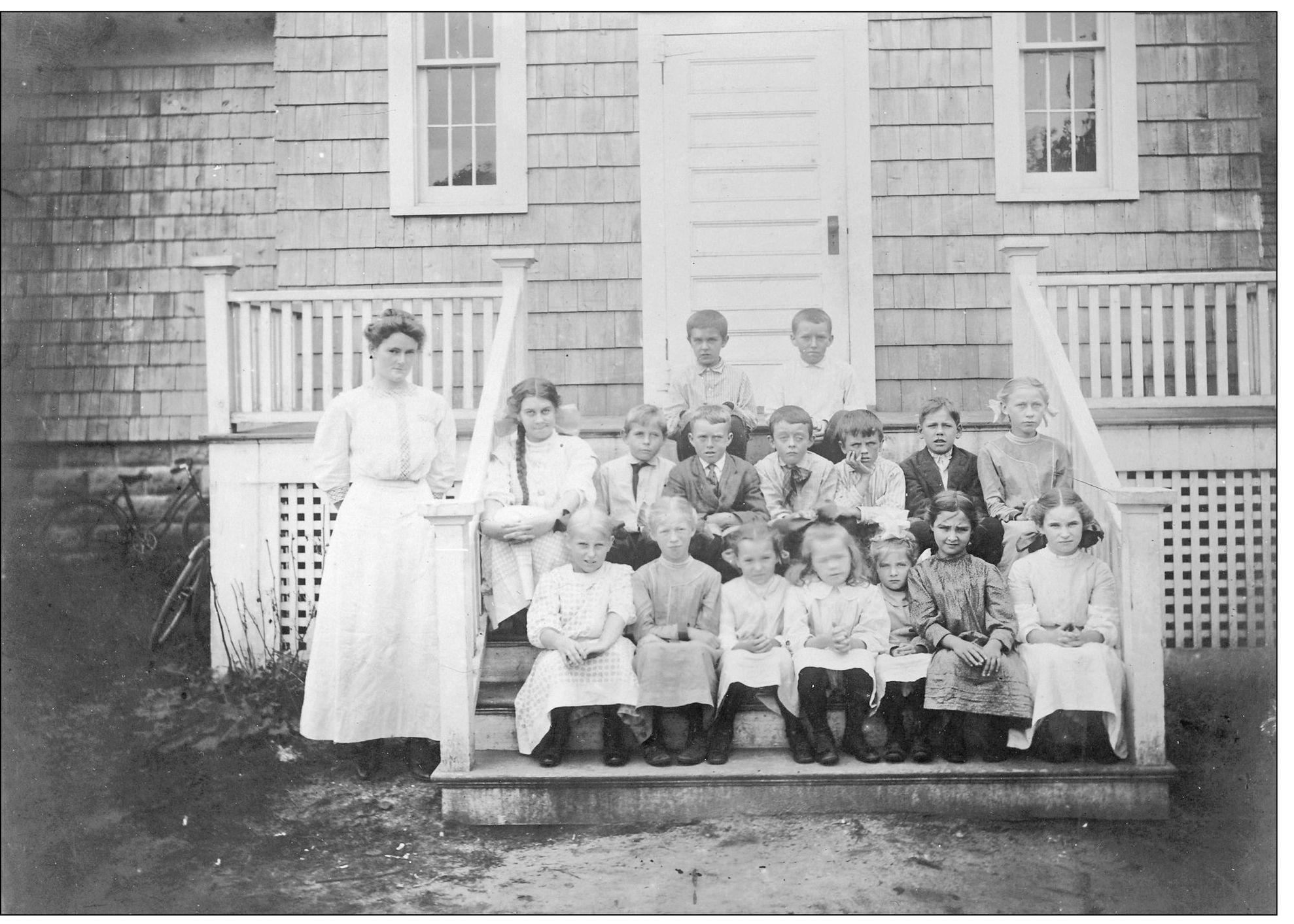One
CATCHAPONACK 16501850
BEAVER DAM CREEK. Westhampton began here, at the head of the creek, alongside a freshwater pond. The Catchaponacks and the Apococks, family groupings of the Shinnecock Nation, greeted the white men peacefully when they arrived around 1650, driving herds of sheep and cattle west from Southampton.
CATCHAPONACKS FIRST HOUSES. The first settlers lived in small shelters, such as the one attached to the Raynor farmhouse. Thurston Raynor (18741961) was the last of five generations to have lived on this homestead, built in the mid-1700s by Jonathan Raynors son Nathan. In 2005, it was torn down to make way for new construction, but the milk house was saved and is now part of Westhamptons Historical Museum.
LOP TREES. Early farmers often planted lop trees (a type of oak), with trunks conjoined and branches sweeping low, to define their property borders. In 1952, there were many lop trees still alive for Susan and Peter Rogers, the children of Blair and Edward H. Rogers Jr., to climb. Because the intertwined trunks of the trees on Oneck Lane also provided cozy seating, the road became known as Lovers Lane.
TUTTLE HOMESTEAD. Joshua and Christiana Tuttle stand with their son Jesse in front of their homestead in the 1870s. Property generally passed to the eldest son. The Tuttles neighbor, Isaac Halsey, left his Oneck Lane land, dwelling, and two slaves to his son in 1740. To his wife, Isaac generously bequeathed the use of the southwest bedroom for six months and all the butter and cheese of her own making.
COOKS MILL. John Cook, pictured with Irving Downs and Downss spaniel, Snaps, owned the mill at Beaver Dam in the early 1900s, when a trip to the mill to grind corn was still considered a great social occasion. Cooks Pond is on the right, and Beaver Dam Creek, with the mill wheel, is to the left. The mill was taken down in 1933 to make way for Montauk Highway.
THE ICE FACTORY. Beaver Dam Creek and Cooks Pond became the center of life for the early settlement. Farmhouses were built along the grazing grounds of what is now South Road, fish houses filled with nets and fishing equipment lined the creek banks, and an ice factory (shown here as it looked in 1900) was built on the east side of the pond, where Beaver Dam Condominiums are today.
THE OLD BRICK SCHOOL. Built in 1856 to replace a wooden 1815 building, Beaver Dams brick schoolhouse was situated east of Cooks Pond and just west of the cemetery and the (1742) Beaver Dam Presbyterian Church. The church, which evolved from the mission house, was probably the areas first school, and it was for boys only. By 1872, the brick schoolhouse had an enrollment of 47 students, including girls.
THE BEAVER DAM COMMUNITY, 1870. By 1870, Beaver Dam had a school, cemetery, Presbyterian church, mill, boatbuilder, carriage factory, dry goods store, and even a hotel. But a mile southeast in Catchaponack, a commercial Main Street was beginning to grow that would very shortly become the center of the settlement. In 1880, Catchaponack renamed itself Westhampton Center, then, in 1890, Westhampton Beach. Beaver Dam became the hamlet of Westhampton.
WESTHAMPTON POST OFFICE. Beginning in 1765, a post rider traveled on horseback from New York City east to Southold, pausing at Beaver Dam to leave mail in the hollow of a tree. In 1861, Beaver Dam opened a real post office on Mill Road under the name West-Hampton, with William C. Raynor as postmaster. He is shown here with a Mrs. Kelling.
OCEAN AND BAY FISHING. The bays, creeks, and beaches supported great numbers of fishermen, and whales were commonly spotted offshore until the mid-1800s. Inland waterways consisted of brackish freshwater before permanent ocean inlets broke through in 1938, and sturgeon, soft clams, and mussels were abundant. Baymen sailed and poled their boats. They dried their nets on net reels like Fletcher Raynors on Beaver Dam Creek, pictured here around 1908.

